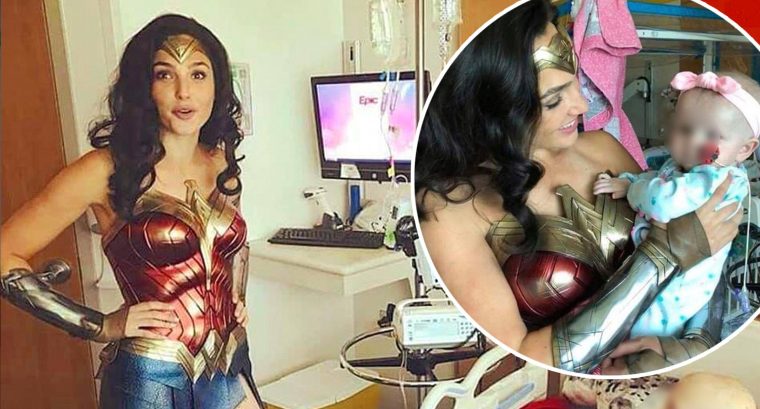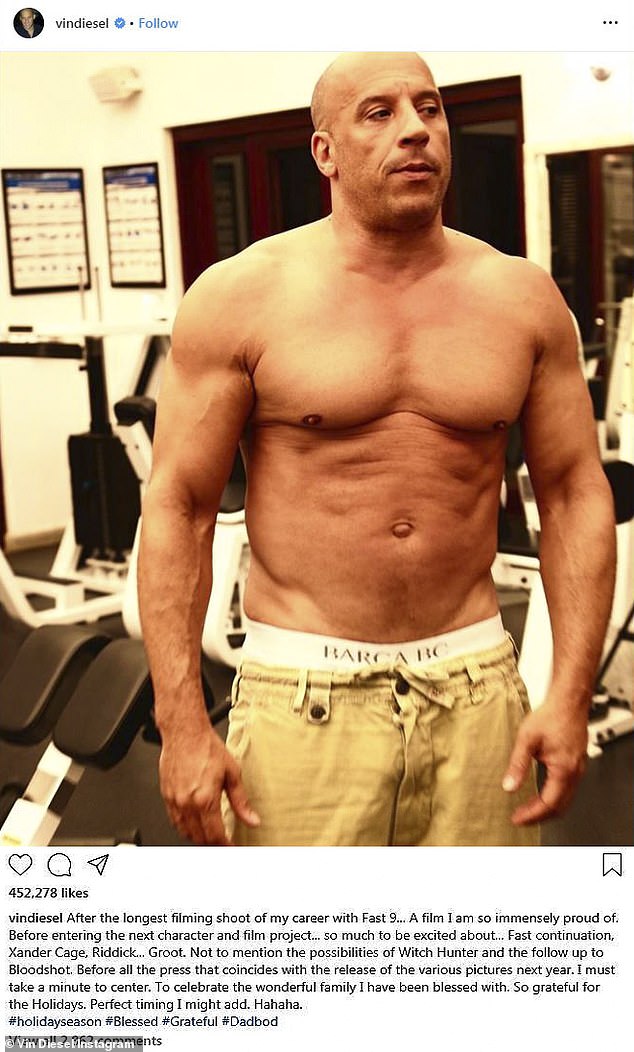It was no small feat for Black Panther 2 to narrate a masterpiece with so many moving parts involved — one of them being the newly introduced antihero, Namor the Sub-Mariner. Even though the core identity of the oceanic character is intricately linked to that of his DC counterpart, Aquaman, in the world of comics, Namor had come much before Arthur Curry.
The Marvel antihero’s origin traces back to the earliest days of comic history when the powerful mutant was introduced in the 1929 Timely Comics issue titled Marvel Comics #1.

Namor arrives at the MCU
As the cinematic universe takes off, popularizing Jason Momoa‘s Aquaman in the broader pop-culture media before Namor’s entry, the latter struggles to gain a foothold with an identity that is inherently separate from the DC universe’s Atlantian Prince.
Ryan Coogler Brings Namor to Life in Black Panther 2
The most powerful antihero in the entire Marvel universe has been on the sidelines for too long. Taking into account his brute strength, shrewd politics, battle skills in the skies, underwater, and on land, armed with powerful weaponry, ancient knowledge, and the authority to lead an entire nation, Namor easily rises to the status of one of the best comic characters to have been brought over to the cinematic universe in a long time. The character uses his shared screen time to command the entire fandom’s attention and becomes an unforgettable presence in the entire Black Panther 2 arc.

Namor debuts in Black Panther 2
Tenoch Huerta‘s casting was one celebrated with much joy while also being subjected to contention after early featurettes downplayed the potential of the mutant in the Phase Four film. But Ryan Coogler’s Black Panther: Wakanda Forever successfully utilizes its expansive story to pit Namor and his underwater Talokan nation against Wakanda, bringing into play the Sub-Mariner’s overshadowing presence in the MCU while giving Wakanda and Shuri a chance to prove their mettle in the wake of Chadwick Boseman‘s absence and T’Challa’s exit.
What Separates MCU’s Namor From DCU’s Aquaman?
 Jason Momoa as Aquaman
Jason Momoa as Aquaman
Also read: “If he’s around enough water, he can be as strong as the Hulk”: Black Panther 2 Director Says Namor is as Powerful as the Hulk, Fully Forgetting the Jade Giant Bench-Presses Planets For Fun
While there have been numerous aspects to the character at play, some of the most troubling ones were to separate the identity of Namor from the similarities that link Aquaman to the Marvel mutant. For one, the civilization that was originally named Atlantis was changed to a Mesoamerican nation named Talokan. But beyond the superficial changes lie a multitude of traits that helped establish the antihero in his own stead without falling victim to the shadow of his DC counterpart. Ryan Coogler reveals in an interview with Uproxx that Aquaman’s already established identity did contribute in essence to the characterization of MCU’s Namor:
“I do think that having Aquaman out in the world, in film language, and being successful in the marketplace, I think it was a great bit of indirect guidance for us to lean into the things that made Namor different from Aquaman… It was our task to, obviously, put our heads down and blinders on and make our movie, but also have a sense of awareness of what the marketplace might want to respond to, and might be interested in.
I think giving people something different, if you can give somebody something good, that’s also unique, I think it’s always better. We wanted to lean into the things that make those two characters different from each other because they have a lot of other similarities in publishing.”
 Tenoch Huerta as Namor
Tenoch Huerta as Namor
Also read: Black Panther 2 Director Ryan Coogler Made Talokan Aztec Because Comic Book Accurate Namor and Greco-Roman Atlantis Screamed ‘Colonization’
Speaking of the characteristic traits that were highlighted to help distinguish Namor, Coogler says,
“For us, it was like, ‘Yo, you got to wear the green trunks. He’s got to have his winged ankles. He’s got to be relatively arrogant. He has to be long-lived. He’s got to be a child of two worlds, not really fitting into either one. He has to be very confident and very dangerous. In the comics, Namor can always back up what he’s saying.”
Even as Black Panther: Wakanda Forever triumphs in healing the underlying grief that has plagued the Marvel family for 2 years, it also succeeds in establishing Letitia Wright as a worthy successor to Chadwick Boseman’s T’Challa, introducing Namor and Ironheart as powerful elements to watch out for, while also giving ample space to let the action and the politics play out, bringing the entire narrative of the sequel as well as MCU’s fourth chapter to a worthy close.
Black Panther: Wakanda Forever is currently playing in theatres.
Source: Uproxx








